Gardening in July: July is one of the most productive months in the garden, but there's still plenty of time to plant and enjoy.
Shrubs
Pruning is essential to keep plants healthy and encourage new growth after spring. In July, prune early summer flowering shrubs such as Philadelphis, Ribes and Weigela after they have flowered. As well as cutting back to shape, cut off any damaged or dead shoots.
“A general rule of thumb when pruning is to make a clean cut at a slight angle, just above a bud or branch junction. This prevents water from pooling at the cut and reduces the risk of disease,” says Nick Yee, product and training manager at Black & Decker.
Perennials
• Regularly de-dead bedding plants, sweet peas and roses. Dahlia flowers should be cut off when they start to fade.
• Many traditional English cottage perennials, such as lupines, delphiniums and geraniums, are now starting to pass their prime, so if you cut them back promptly they will sprout again – they may not flower again but they will look a lot better.
• This is your last chance to plant annuals such as cosmos and nigella in your flower beds.
Simon Bradfield // Getty Images
Fruits and vegetables
• Water and fertilize all plants regularly, especially tomatoes. Tie off stems and pinch off outer shoots on cordon varieties to encourage fruit production.
• The last of the green beans and carrots can be sowed now. Transplant the purple sprouting broccoli and winter onions to their final locations or buy seedlings from a garden centre or nursery.
• Keep sowing a small number of salad seeds, including peas, turnips and spring cabbage for harvest in the autumn.

Alexa Torre // Getty Images
• You can also plant seed potatoes. If you want a nice harvest in time for Christmas, plant them in pots or bags so you can get them under cover before the first frost.
• Monitor your apples and plums to ensure there aren't too many fruit on each stem, thinning them out if necessary – three or four is plenty.
• There should still be some ripe strawberries left – make sure there is enough straw under the plants to stop the fruit touching the soil. If you have pinned down strawberry runners they should already have good root development and can be repotted into pots for safe keeping until you can plant them in the ground, or directly into your new strawberry patch.
• Swiss chard is one of the prettiest and most colourful plants you can grow. “Sow the seeds now and you'll have a rainbow of coloured-stalked crops all through late summer, winter and even spring. Sow Swiss chard seeds directly into the soil 45cm apart and leaves will usually appear by the following spring,” say the experts at British Garden Centres.

fotolinchen//Getty Images
Learn more about garden plants Border plants
Border plants Container Garden Chiara Benelli//Getty Images
Container Garden Chiara Benelli//Getty Images Clematis Growing Guide Nadya So//Getty Images
Clematis Growing Guide Nadya So//Getty Images
harvest
• Pick herbs and freeze or dry them for later use.
• Harvest courgettes before they get too large and continue digging up potatoes when needed.
• Many vegetables sown early can be harvested in July, including peas, broad beans, French beans, artichokes, carrots and beets.
• Keep an eye on fruit: Cherries, peaches, gooseberries, raspberries and early plums are really starting to ripen.

Wisemax Halloween // Getty Images
Watering
Watering is easy, but it's often done wrong. Often the main problem is under-watering. If you water one planting spot for a minute and then move on to the next, the water likely hasn't penetrated deeper than a few millimeters into the soil, and therefore won't get anywhere near the roots.
“Water plants thoroughly and allow the water to penetrate the root zone, as this will encourage the roots to grow stronger and deeper and make the plant more resistant to heat stress,” explains Matt Lindsay, director of living wall experts Growing Revolution. “Water in the early morning or late evening to minimise evaporation. Avoid frequent shallow watering as this will encourage shallow root growth and make the plant more vulnerable to heat.”

Guido Mies // Getty Images
With July being a busy time for the summer holidays, gardening expert and author Sarah Raven suggests making use of a slow-release watering system. “Slow-release watering systems are a great way to make sure your plants stay properly hydrated while you're away. They work so well, there's no reason not to use them in your everyday gardening.”
“Grow bag waterers collect rainwater and store it in a large storage tank, then gradually release the water – a great option when you're not available to keep an eye on it. If you have potted plants, terracotta watering spikes are a great option – just fill the spike with water, hammer it into the soil, and the spike will carefully distribute the water evenly.”
Grow Bag Waterer

light bulb
• There's still time to plant summer bulbs for very late flowering. Try dark-coloured gladioli such as the deep purple Gladiolus 'Espresso' or the beautiful Gladiolus communis subsp. byzantineus, which produces magenta flowers.
• July is the perfect time to plant bulbs that will add autumn colour, such as colchicum, sternbergia, amaryllis and nerines, which will flower in September and October. Nerines are particularly welcome as they have all the joie de vivre of early summer flowers with their vibrant pink and white blossoms and can really bring change to the garden as winter approaches.
rose
In rose growing circles, July is known as black spot month. If you spot black spot, remove the affected leaves and spray the plant with a fungicide. The same goes for white mold, another fungus, which can also be a problem during this month if your roses become stressed from over- or under-watering.
Make sure you apply fungicides early in the morning to avoid affecting bees buzzing around the plants (apply according to label directions, pay attention to any restrictions on use, and only use “minimally and in a very targeted way”, advises the RHS.) Finally, don't forget to pick off the dead flowers to keep your roses blooming.
“Deadheading bedding plants and border perennials is important to keep displays fresh and tidy.” – David Domany
Joanna Rogic // Getty Images
grass
To mow or not to mow? “Now is the time to stop mowing and relax, to allow wildflowers to flourish for pollinating insects,” says the RHS. If July is particularly dry, there's no need to mow – it's best to wait for the grass to recover without damage.
hedge
If you have a coniferous hedge, particularly a Leyland hedge, keep a close eye on it at this time of year for cypress aphids. The aphids themselves are hard to spot so look for brown spots on the hedge and for a black sooty mould on the trunks. If you find them, your best bet is to prune back the brown shoots.
If you could only do one thing…
…go into your flower beds, pick up leaves and look around for pests and weeds. It's often not a good idea to go looking for problems, but in the garden it's worth stirring around as new shoots from the past few months may have provided hidden food for pests and weeds may be hiding and growing underneath. British Garden Centres warns: “As the weather warms, aphids will be in abundance on crops such as beans and peas, and caterpillars will be in abundance on plants such as crucifers and salad leaves, so check to see if they are being eaten.”
Follow House Beautiful on TikTok and Instagram
Garden Editing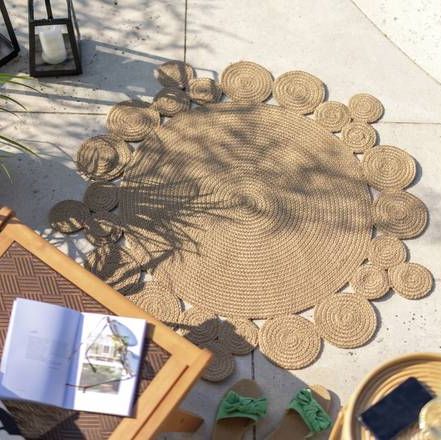 Habitat Circular Natural Outdoor Rug 962/6612
Habitat Circular Natural Outdoor Rug 962/6612
Get 65% off now
Credit: Habitat Vivenne Iron Outdoor Garden Chair
Vivenne Iron Outdoor Garden Chair
Get 15% off now
Credit: Wayfair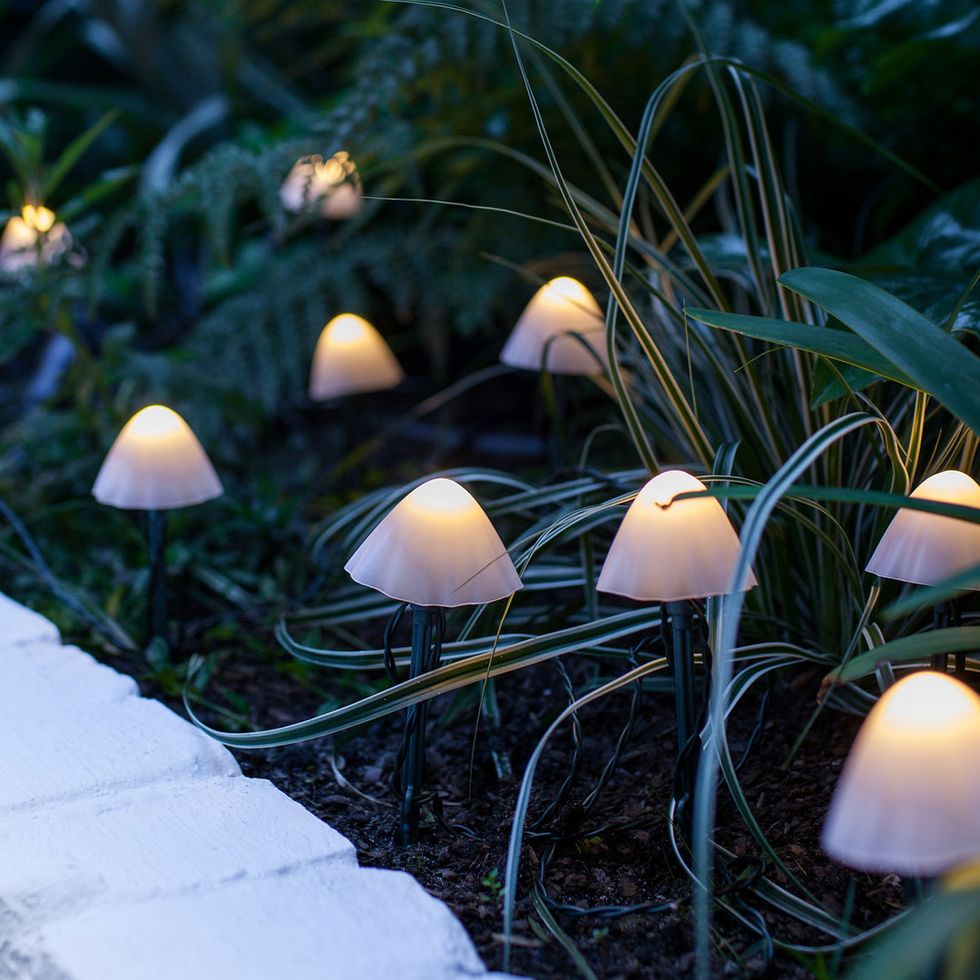 12 Mini Mushroom Solar Stake Lights
12 Mini Mushroom Solar Stake Lights
Get 24% off now
Credit: Lights4fun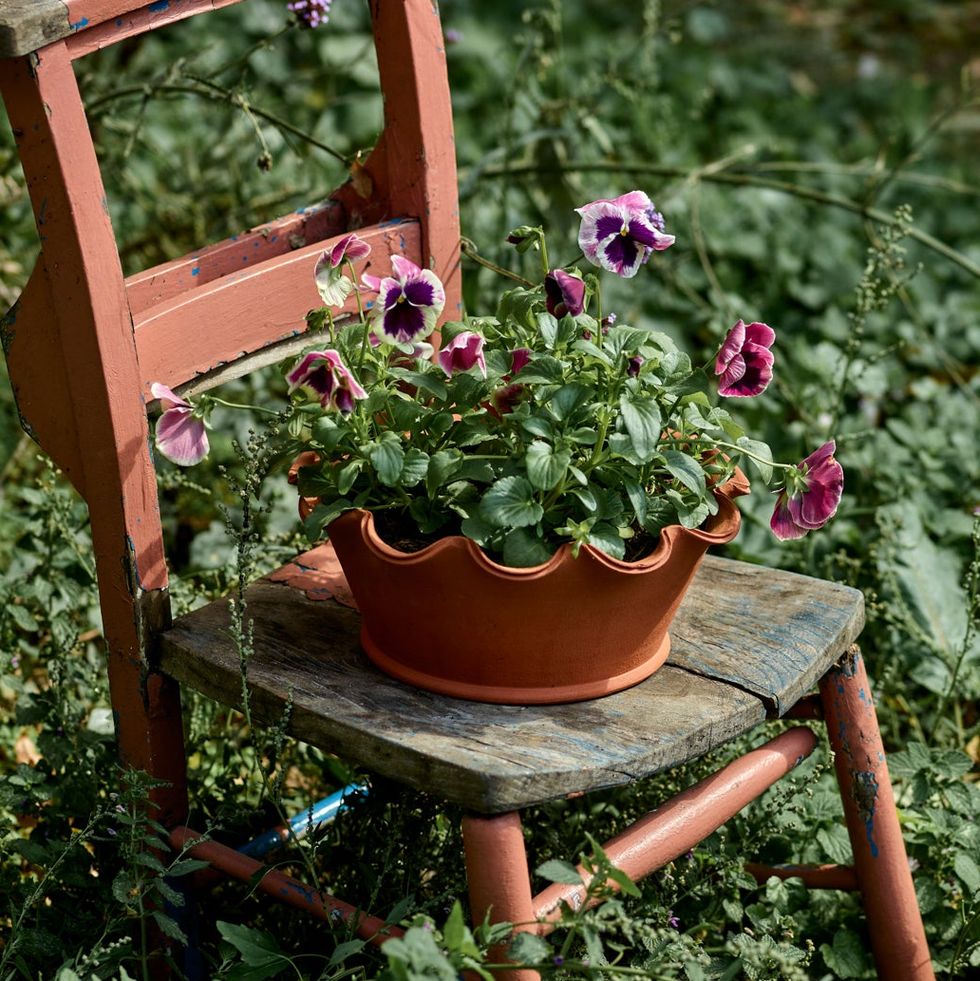 Eden Terracotta Pot, Raw Credit: Rowen & Wren
Eden Terracotta Pot, Raw Credit: Rowen & Wren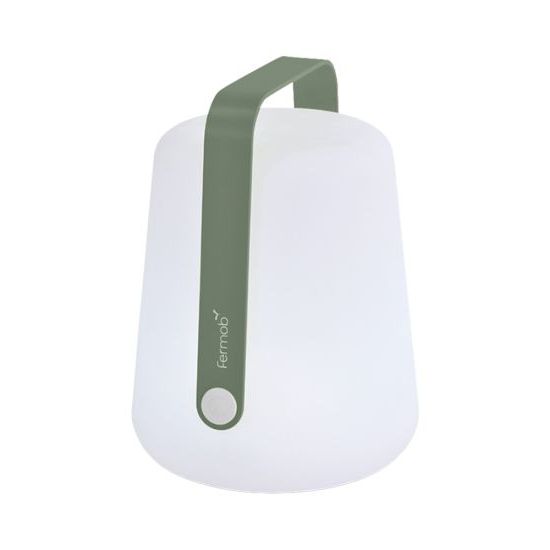 Fermob Balad LED Outdoor Table Lamp Medium Size Credit: Heal's
Fermob Balad LED Outdoor Table Lamp Medium Size Credit: Heal's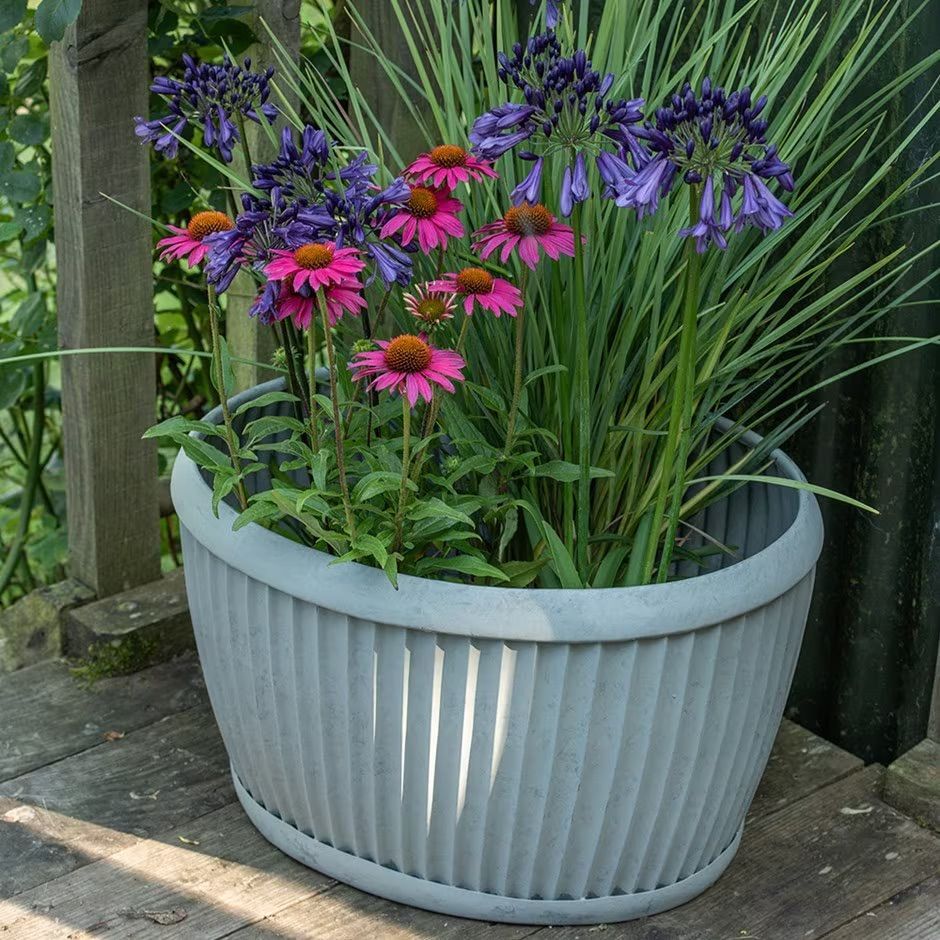 Oval zinc dolly tub pot Credit: Crocus
Oval zinc dolly tub pot Credit: Crocus
News, advice and ideas from the team at House Beautiful UK



